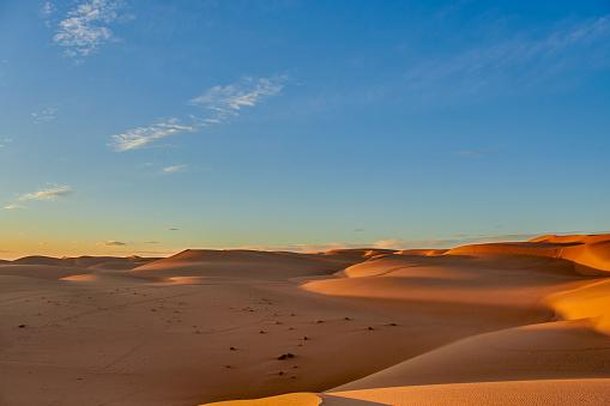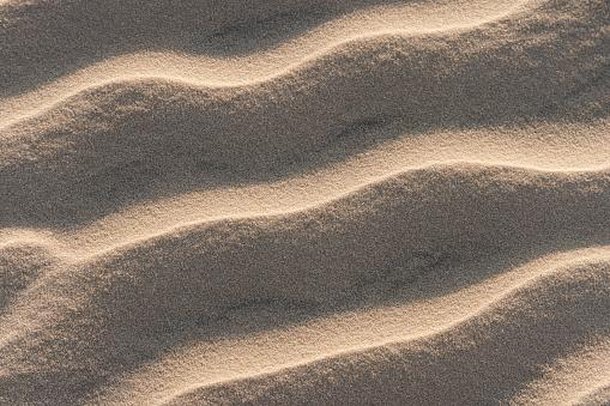What is under all the sand in the world?
2 min read

What do beaches and deserts have in common? Although the two environments are completely different in nature, the sand is a factor that unites them completely. After all, they both contain a supply of pills that never seem to run out, even if you spend years digging.
And even if you had all that time to dig sand out of the ground, what would you find under it? This is a very curious and correct question, because everything is covered with sand. However, the answer tends to vary depending on where you are. Learn more about it in the following paragraphs!
The world is covered in sand

Sand dunes, for example, are very famous in different parts of Brazil. But what is actually underneath it? Since these natural structures often move due to the force of the wind, it basically means that they could be hiding an entire forest below you or even a deep pit ready to swallow you.
Sand consists of rocks crushed by weathering rivers and other elements. So, along the coast, the sea is in constant agitation is also responsible for this natural process that can go on for thousands or millions of years.
So if you dig on the beach – depending on the geology of the area, you are likely to find sand that has been compressed and transformed under pressure into a sedimentary shale sandstone. From that moment on, we will need advanced drilling equipment to continue drilling. The next stage, after traversing the sedimentary rocks on the beach, you will most likely reach the bedrock of the area.
Desert excavation

What about deserts? This exotic landscape is often portrayed as a land of endless sands and a setting for Hollywood adventure films. But is there something unique under the sands of these places? The answer is not as pleasant as one might expect.
In general, most deserts are not completely covered by sand, but rather by the exposed rock bedrock itself. Soon, you won’t even have to dig to see what’s under the layers of sand. And even if you’re in a sandy desert, the final answer will likely be the same.
It can be seen that if sand is present, it is generally formed by weathering on exposed bedrock. As the dry desert landscape cools and warms through the days, the rocks expand and crack, releasing grains of sand into the wilderness. This is not to say that these areas can’t hold something interesting, but most of them follow a pattern.
In 2010, for example, scientists found evidence of a massive prehistoric lake beneath the desert sands, which was formed 250,000 years ago — when the Nile River spilled into the region through a low-lying channel.

“Entrepreneur. Music enthusiast. Lifelong communicator. General coffee aficionado. Internet scholar.”

:strip_icc()/s04.video.glbimg.com/x720/11792055.jpg)

:strip_icc()/s03.video.glbimg.com/x720/11786998.jpg)